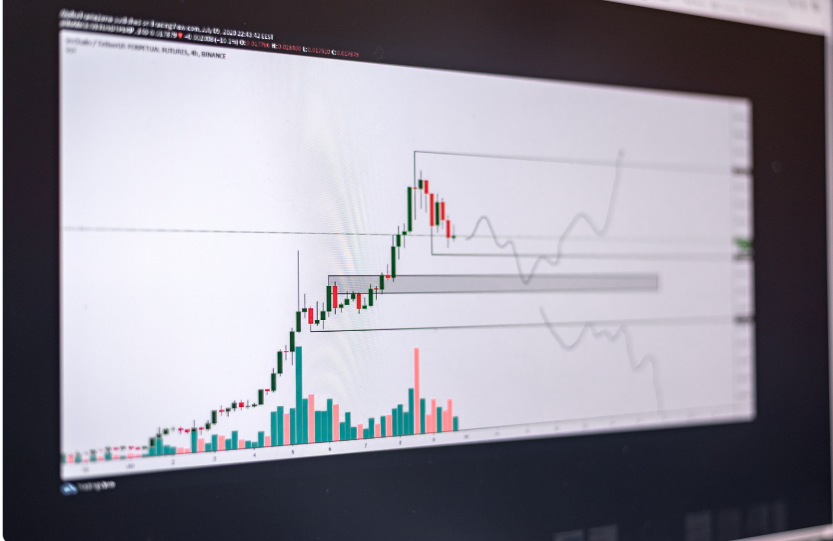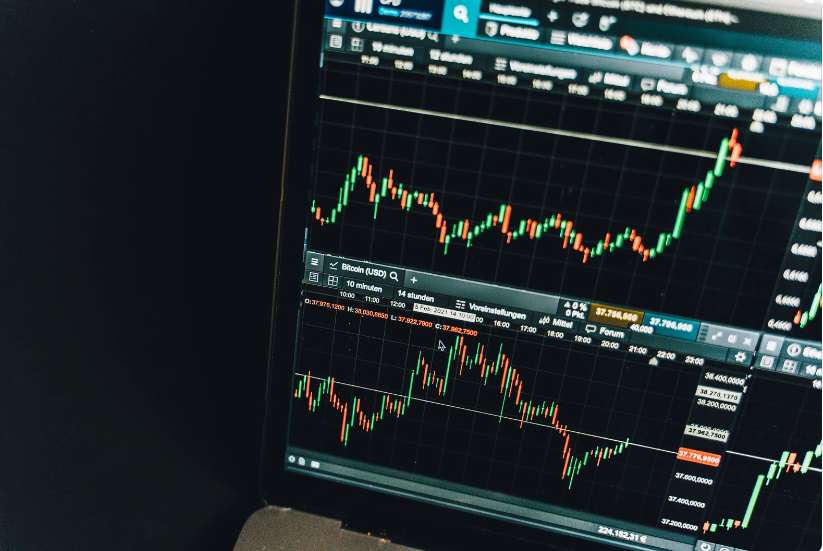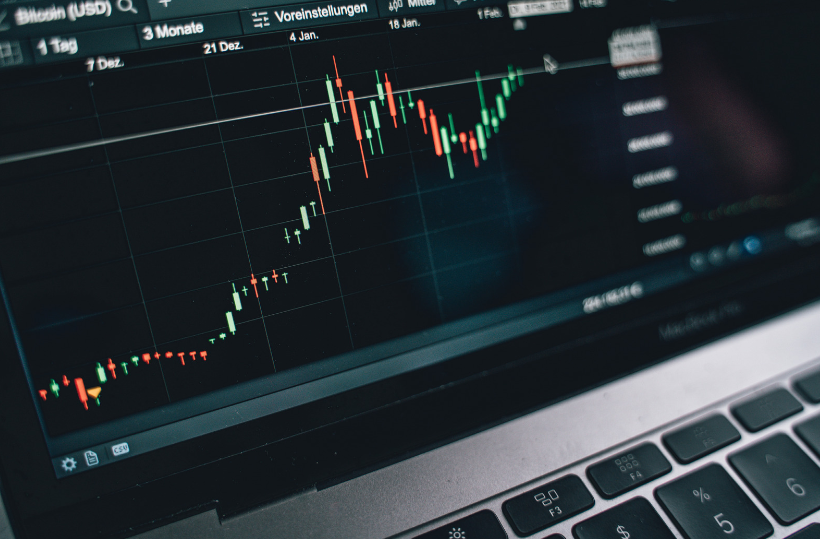 The Best technical indicators for forex trading, like lighthouses in the storm, can illuminate potential trading opportunities and steer you clear of rough waters. But with a vast arsenal of indicators at your disposal, which ones are best for forex trading?
The Best technical indicators for forex trading, like lighthouses in the storm, can illuminate potential trading opportunities and steer you clear of rough waters. But with a vast arsenal of indicators at your disposal, which ones are best for forex trading?
What are technical indicators?
Before we explore the best tools for forex trading, let’s understand what technical indicators are all about. Imagine you’re sailing a boat on a stormy sea (the forex market can be unpredictable!). Technical indicators are like lighthouses that help you navigate. They use math to analyze past prices, trading volume, and other data to give clues about what the price might do next. These clues can help you find opportunities to buy or sell currencies.
- Trend Spotters: These tools help you see the overall direction a currency pair is moving in. Is it going up steadily (uptrend), down steadily (downtrend), or bouncing around (sideways trend)? Moving averages and trendlines are popular examples.
- Momentum Meters: These tools gauge how strong and fast a currency’s price moves. They can warn you if a trend might be shifting or if it’s likely to keep going in the same direction. The Relative Strength Index (RSI) and the Moving Average Convergence Divergence (MACD) are some common ones.
However, by incorporating a variety of technical indicators into your forex trading strategy, you can gain valuable insights into market psychology and potential price movements. However, it’s crucial to remember that technical indicators are tools, not crystal balls. They should be used in conjunction with other forms of analysis and sound risk management practices.
Best Technical Indicators For Forex Trading: Three Powerhouse Indicators

Forget about finding one magic indicator for forex trading. Instead, these three are some of the most popular and powerful tools:
Moving Average Convergence Divergence (MACD): This indicator helps spot trends and possible trend changes. It tracks the difference between two moving averages of a currency pair’s price. Look for when the MACD line crosses another line (called the signal line) or when the price and the MACD move in opposite directions. These can be signs of a trend shift.
Relative Strength Index (RSI): This indicator gauges how strong a price move is by looking at recent price changes. Imagine a scale of 0 to 100. A high RSI (above 70) suggests the price might be overbought, and a low RSI (below 30) might indicate it’s oversold (everyone’s selling).
Bollinger Bands: These bands squeeze and widen around a moving average, like an expanding and contracting tunnel. The wider the bands, the higher the volatility (how much the price jumps around). When the price hits the edges of the bands, it could be a sign of a potential breakout (price moving sharply) or reversal (price changing direction).
Beyond the Big Three: Expanding Your Toolkit
So, the forex market is full of all sorts of indicators you can use. Here are a few more to add to your toolbox:
Average True Range (ATR): This one helps measure how much a currency pair is jumping around by averaging the difference between its highs and lows over a certain period.
Fibonacci Retracements: Imagine a kind of measuring tape with Fibonacci levels on it. You can lay it on a price chart after a big price move, and it might hint at areas where the price might pause or bounce back.
Stochastic Oscillator: This indicator is similar to the RSI. It checks how a currency’s closing price stacks up against its recent price range to see if it’s getting overbought or oversold.
Moving Averages: Best Technical Indicators For Forex Trading
The moving average (MA) is a basic but powerful tool used by many forex traders. Imagine it like a straight line that smooths out the ups and downs of a currency pair’s price, making it easier to see the overall trend.
How Moving Averages Work:
Imagine a simple calculation: The moving average takes the average closing price of a currency pair over a chosen period. This average price is plotted as a line on your chart, and as new price data comes in, the older data point drops off, and the average is recalculated.
Moving Averages and Trends:
By looking at the moving average line, you can get a sense of the overall trend direction:
Upward Sloping MA: If the moving average line is angled upwards, it suggests a potential uptrend in the currency pair.
Downward-Sloping MA: Conversely, a downward-sloping moving average line indicates a possible downtrend.
Flat MA: A flat moving average suggests a period of consolidation or a ranging market.
Different MAs for Different Needs:
There isn’t a one-size-fits-all moving average. The ideal timeframe (number of days) for the MA depends on your trading style:
Short-term Focus: Short-term traders zoom in on recent price action by wielding shorter timeframe moving averages (like 10 or 20 days). These MAs act as a scalpel, helping them dissect the market and identify fleeting trading opportunities.
Long-term Perspective: Long-term traders, in contrast, take a step back. They rely on longer timeframe moving averages (like 50 or 200 days) to smooth out short-term noise and capture the big-picture trend. These MAs function as a compass, guiding them on the long-term direction of the market.
Demystifying the MACD: Best Technical Indicators For Forex Trading
The best trading plans use a mix of technical analysis and one of these is: The Moving Average Convergence Divergence (MACD) is a superstar among technical indicators, especially in the realm of forex trading. It tackles two key aspects for traders: trend direction and momentum.
How MACD Works:
The MACD helps you see trends and possible trend changes in the forex market. Imagine subtracting two average price lines for a currency pair, one based on short-term prices and the other on longer-term prices. The result is the MACD line. But that’s not all! The MACD throws in another line, called the signal line, which is like a smoothed-out version of the MACD line itself. This helps reduce misleading ups and downs and can hint at when trends might be shifting.
Interpreting MACD Signals:
By looking at how the MACD line moves about the signal line, you can get clues about what the price might do next:
- Crossovers: If the MACD line jumps above the signal line, it’s generally a buy signal, suggesting the price might be heading up. On the flip side, if the MACD line dips below the signal line, it’s a sell signal, hinting at a possible price drop.
- Disagreements: Sometimes the price keeps going up (or down) but the MACD line doesn’t follow. This can be a sign the trend might be changing. For instance, if the price keeps making new highs but the MACD isn’t climbing higher, it could mean the price is overbought and might be due for a fall.
Relative Strength Index (RSI):

The Relative Strength Index (RSI), is one of the best indicators and empowers forex traders to assess whether a currency pair is overbought or oversold. By measuring the strength of recent price movements, the RSI helps traders determine if a currency is trading above or below its perceived fair value.
How RSI Works:
The RSI works by comparing a currency pair’s recent price gains to its recent price losses, over a chosen period (often 14 days). It then squishes this comparison into a single score between 0 and 100.
- Overbought: However an RSI score above 70 generally means the price has been going up a lot lately. This could signal a short break in the uptrend or even a price reversal.
- Oversold: Conversely, an RSI score below 30 means the price has been going down lately. This could hint at a buying opportunity, as the price might be due for a bounce back or a trend change.
Using RSI Effectively:
- Team up RSI with other tools: Don’t use RSI alone. Look at what moving averages or trendlines are saying to confirm buy or sell signals RSI might be giving.
- Spot the disagreements: Sometimes the price keeps going up (or down) but the RSI doesn’t follow. This can be a sign the trend might be changing. For instance, if the price keeps making new highs but the RSI isn’t climbing higher. This could signal the price is overbought and ripe for a drop.
- Remember, it’s not magic: RSI can’t guarantee you’ll make money. Use it as a hint to find possible trading opportunities, but always manage your risk carefully.
The Final Word: Best technical indicators for forex trading
Find the right indicators for you. So, the best indicators depend on how you like to trade and how much risk you’re comfortable with. Try out different ones, and see how they work on past data (called backtesting). Watch how they perform in different market conditions. Remember, the best trading plans use a mix of technical analysis, understanding the bigger economic picture, and smart risk management.